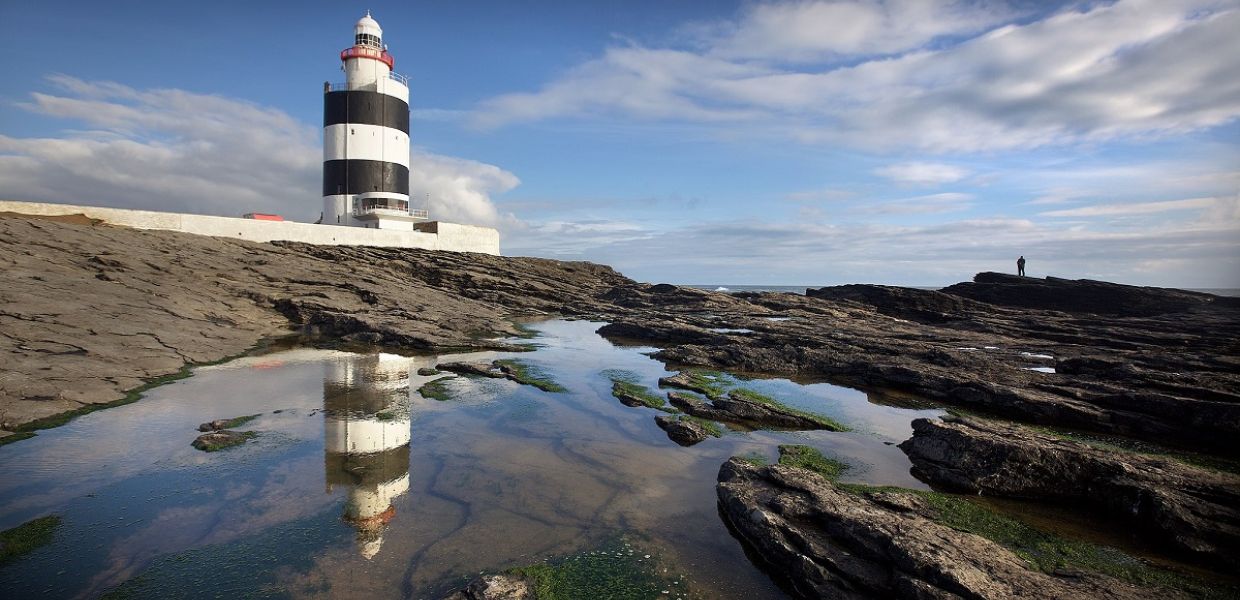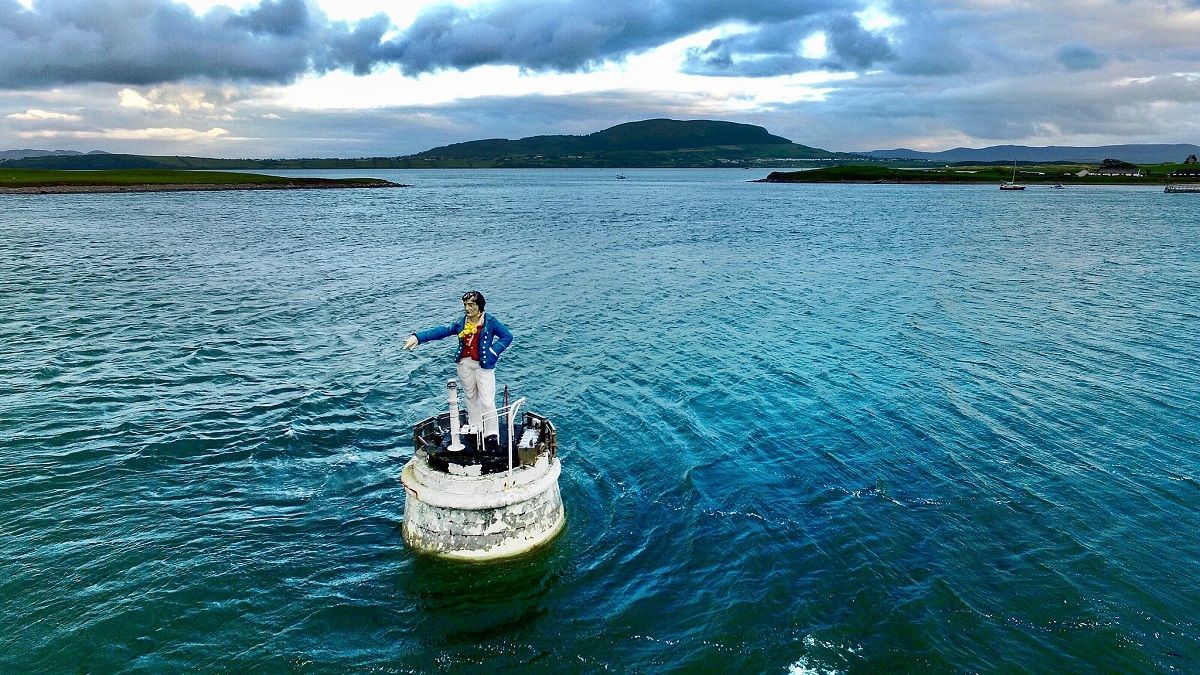Our initial list in 2014 was dominated by archaeological sites listed by the National Monument Service, the familiar dolmens, cairns, mounds, castles and standing stones which are characteristic of the ancient built heritage of Ireland. We worked closely with the Service to ensure that all relevant sites were included, and there were no issues regarding safe access to the sites listed. In 2017 our volunteers worked with the National Inventory of Architectural Heritage to incorporate over 6000 structures which are similarly publicly accessible. These sites date from after 1700 and offer a different, and sometimes more challenging form of built heritage to photograph. I wrote a paper on how we developed our list over time, and the implications which can be found here.
Encouraging engagement with built cultural heritage
As many of the buildings listed now have a public or cultural function, in particular libraries and local museums, they have been key to promoting the competition locally. In an ordinary year, this would have involved posting leaflets and posters to all the county libraries and museums, but this year more than ever we will be relying on digital promotion through our Twitter, Facebook, Instagram, and YouTube. In the past, when a winning photograph has featured a GLAM, such as Kilmainham Gaol, this has spurred some interest from the site through reposting and sharing the image and news via social media channels.
As a community, we use Wiki Loves Monuments as a demonstration of the power of open licence images to improve the profile and understanding of Ireland’s material culture through Wikipedia and its sister projects. There is an important role in running the competition annually, as the store of photographs can form an archive of the condition of the structure. One such case was the documentation of a fire at the Erne Palais Ballroom in Belturbet, County Cavan in 2018. Unfortunately. images of the damaged structure were the first ones to be uploaded to Commons, but will form part of an important visual archive of the site moving into the future.




